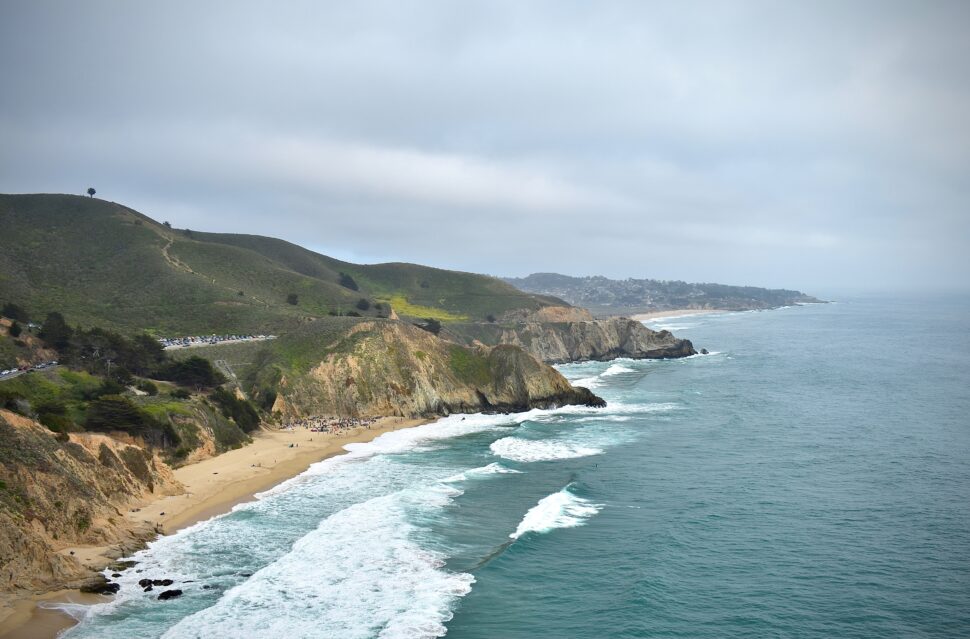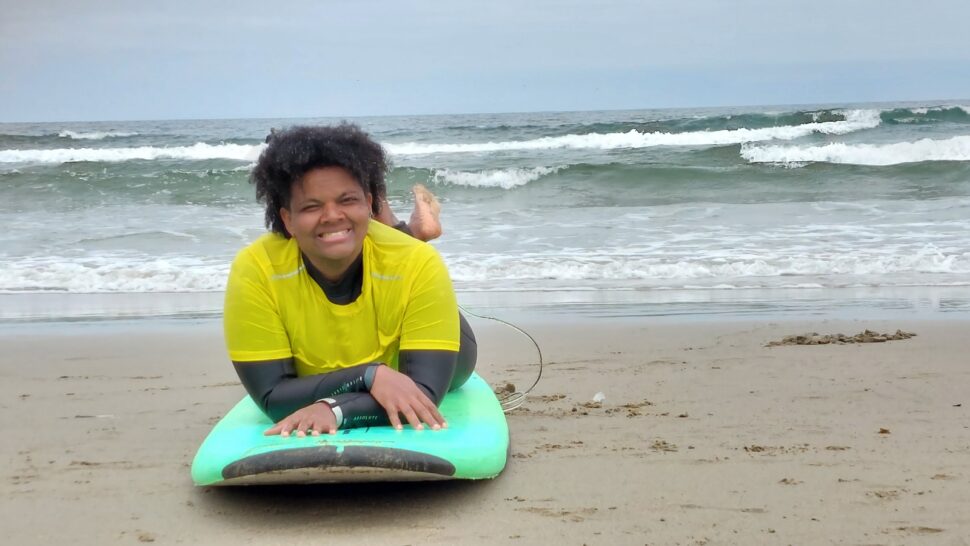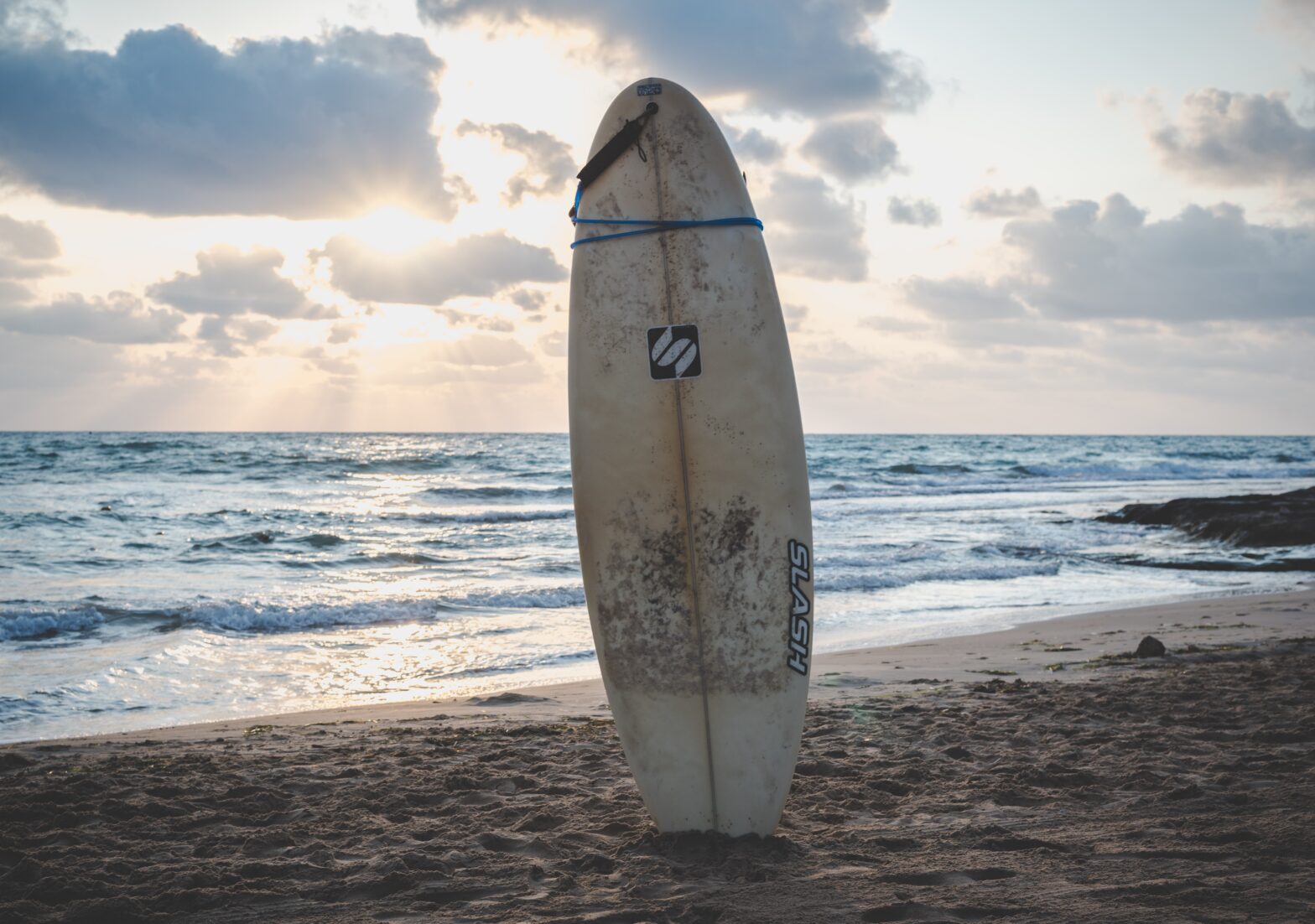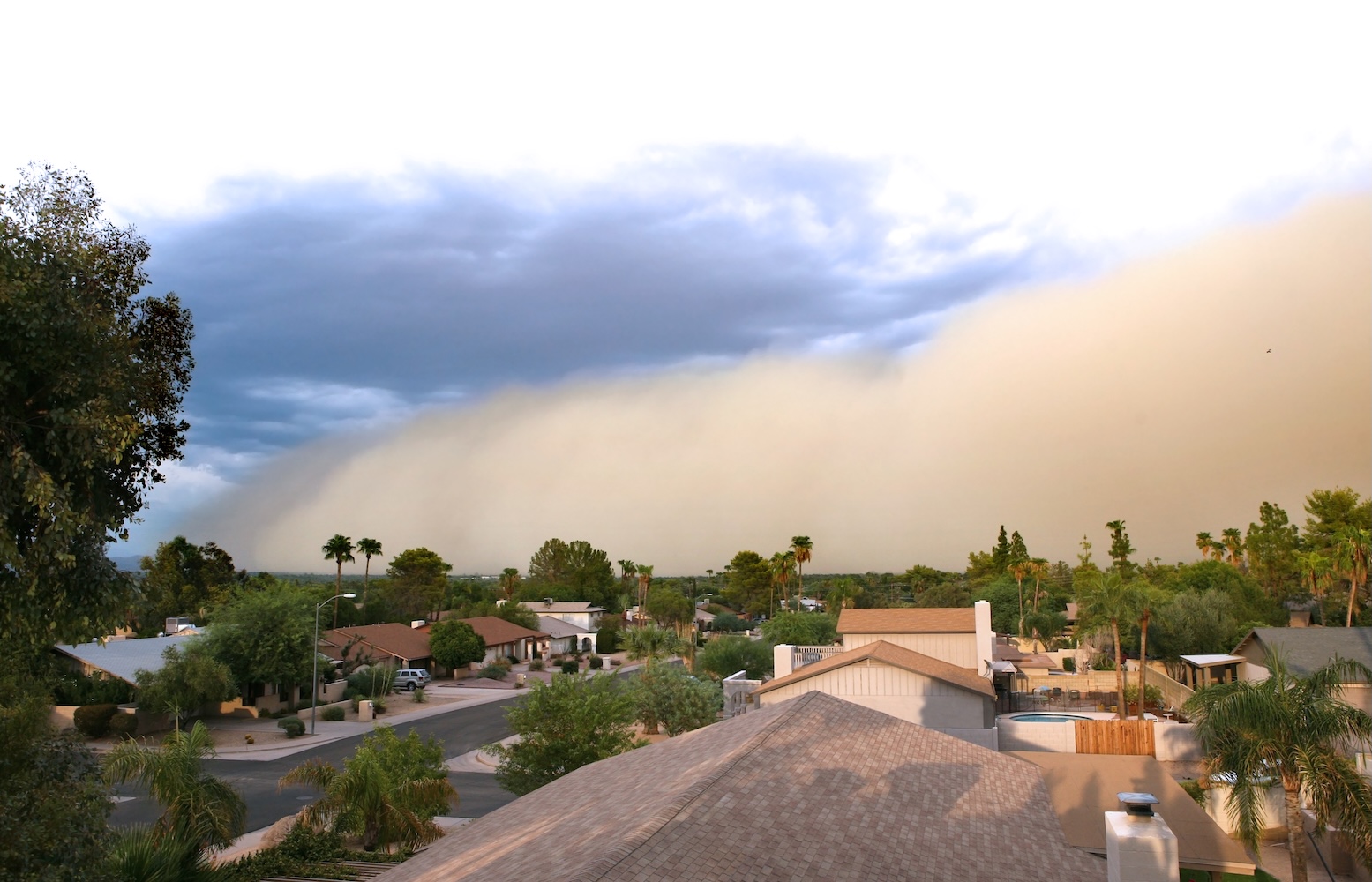My advice to the first-time surfer is to be humble. If you aren’t, the ocean will humble you during your surfing experience.
Don’t expect to look like a supermodel when you’re on that board. The saltwater will sting your eyes. Your nose will run. You might experience a bit of fear in new terrain. This is natural. Embrace it all as part of the experience.
Since I’m all about trying new things, I signed up for surfing lessons in California. I went to Pacifica Beach, which is a short drive from San Francisco. It isn’t exactly Santa Cruz or San Diego, where surf culture is like a religion. But it’s an ideal spot for new surfers because of its relatively small and forgiving waves.
As the lesson drew closer, my excitement grew. I had some concerns about sharks but was informed that they’re usually way out in the ocean. I’m a strong swimmer who feels at home in any body of water. However, surfing is another animal with a unique set of requirements.

I took in the scenery of Pacifica. It was overcast, chilly and the beach was flanked by hills on either side. The colorful houses on one hill made me think of the Amalfi Coast. But the similarities ended there. The Pacific Ocean doesn’t have the sapphire waters of the Tyrrhenian Sea. It was, at least when I was there, grey and choppy. Whatever trepidation I had at that moment was put to rest when I saw other people in the water with their boards.
The workout began before I got on the board. I have curves, so putting on a wetsuit takes a minute. Carrying the board to the sand and trying to control it in the water was another challenge. I took it all in stride, as I do most things.
Amie, an instructor for Adventure Out, taught us how to read the water. She put an emphasis on spotting rip currents. Then, she covered surfing fundamentals. When carrying your board in the water, hold it to the side, so a wave doesn’t knock it into your head. When you see a good swell, slide yourself onto the board from the tail, squeeze your thighs together and windmill your arms like you’re swimming freestyle.
From there, timing, balance and luck take over. Each surfer has their own way of popping up on the board. Some start on their knees and gradually stand. However, this didn’t work for me. I was the captain of the struggle ship that day. It became apparent that standing on the board wasn’t in the cards.
The closest I got to that was riding the board on my knees. Even that took effort. Mostly, I lay flat while the waves pushed me to the shore. When I fell off, or took a blast of water to the face, I laughed. The whole thing was absurd, but I was happy to be there.

My one brush with danger was brief. Toward the end of the lesson, Amie and another instructor had to coach me out of a riptide. Fear wouldn’t serve me, so I stayed calm and did as they advised. Never fight a riptide- it’s a losing battle. Swim parallel to the shore and when you’re clear, swim toward it. This was more labor intensive with a surfboard, but I did it.
Will I return to Pacifica Beach for round two? At some point, yes. I’m a stubborn person who doesn’t like to leave business unfinished for long. Just like I refused to leave St. Lucia without reaching the summit of Gros Piton, I want to stand on a board at Pacifica, if only for a few seconds. I’m also open to taking additional surfing lessons on the East Coast. Who knows, maybe I’ll have better luck on the Atlantic.
I recommend surfing to anybody who can swim. Book lessons with a reputable instructor or school. Pay attention to experience level, ratings and certifications; they’re crucial. There are many surf schools all over California, but I have to say that Adventure Out really took care of us. They offer group lessons, and private instruction for those who prefer the one-on-one time. If you’re looking for surfing expertise in Santa Cruz, they have a surf school there as well.
To me, surfing is a fitting symbol for life. Whatever stability the board provides can be thrown off in an instant. If and when that happens, don’t be discouraged. With time and patience, you’ll learn how to better navigate turbulent waters.





